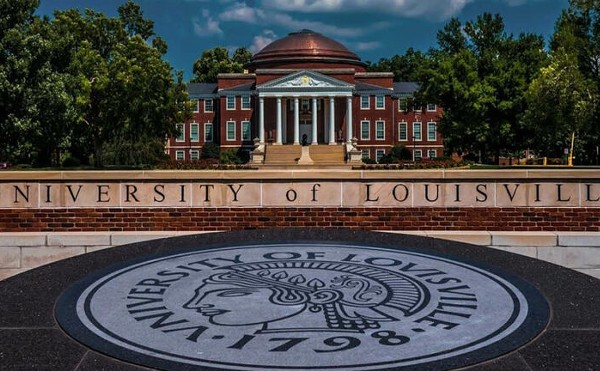A couple of weeks ago, when I read yet another story about the decline of coal, I found myself pumping my fist in the air. And then I pretended to be reading about a sporting contest, just in case any mental-health professionals were nearby. This particular story appeared in Time, but it’s a years-long trend piece: natural gas, solar and wind are ascendant and coal use is plummeting. The news about clean energy is truly something to celebrate.
Wind capacity has tripled and solar has increased sixteenfold in the past five years. Wind and solar provide 90 percent of the new energy installed in the first quarter of 2014. A new solar-power system is installed on an American roof every three minutes. Panels have dropped from $75 per watt to 75 cents per watt. More solar was installed in the past 18 months than in the previous 30 years. A man named Bubba McDonald, the utility commissioner of Georgia, has helped make Georgia the fastest-growing solar state. Let me repeat that: Georgia is the fastest growing solar state, and its solar evangelist is a guy named Bubba.
There’s more: Nearly 165 coal-burning plants have been retired or are on the chopping block. In 2009, the U.S. predicted it would take two decades to reach 40-gigawatt wind capacity, but it has already surpassed 60, equal to taking 20 million cars off the roads. In the middle of the country, wind is now the cheapest source of power.
And more: Bank of America, Goldman Sachs, Walmart and Google are investing heavily in clean energy. The private sector is now building solar plants without federal loans. The Edison Electric Institute — a utility trade group — has advised utilities to “adapt or die.” Saudi Arabia and China are investing heavily, with China on track to become the world’s largest market by 2020. Germany recently generated 51 percent of its energy needs from clean energy.
Technology advances are transforming the landscape faster than industry or politics can keep up with. Last week, The New York Times reported on “community solar gardens,” where neighbors buy into solar co-ops in their neighborhoods without having to install rooftop panels. An Idaho engineer just crowd-sourced $2.2 million to make roads and parking lots out of solar panels.
Coal, of course, is actually a form of solar energy. Getting solar energy via fossils that stored the sun’s energy millions of years ago instead of getting it directly from the sun today is foolish. Of course, natural-gas fracking has its own environmental problems, as Rae Hodge described two weeks ago in LEO, but that doesn’t mean we can’t take heart in coal’s demise.
We’re hearing a lot this election year about President Obama’s mandate to reduce greenhouse gas emissions, but the marketplace has moved past that: Clean power is about saving money, not just saving the earth. But yes, thanks to Obama’s timid measures, coal is going to be forced to begin to pay for its pollution, including soot, mercury, ash and other toxic substances.
House speaker Greg Stumbo, who lives on a mountain that formerly had a top, says solar is “in its infancy.” (Too bad it’s not a fetus. Then Kentucky pols could get on board!) But he is wrong. It’s in its tween years, and it’s coming at us like an electric hog, which Harley-Davidson unveiled last week and which will hook up nicely to the solar grid.
Coal is a story of mine collapses, air pollution, black lung, climate change and perpetual poverty in Appalachia, while the bosses and corrupt politicians get rich. (At least we’ve gotten some great songs out of the deal.) The history of coal in Kentucky is a textbook for how not to manage a natural resource.
Or, to put it in terms Kentucky legislators can understand: As prophesied in the Book of Ezekiel, the burning coals within the wheelwork under the cherubim shall rise into the sky, visiting God’s judgment of destruction upon the people.
Alas, Kentucky has neglected to create next-generation jobs for coal country, jobs that are going elsewhere in industries like clean energy (there are now as many U.S. jobs in solar and wind as there are in coal), tourism, technology and marijuana. Every coal job that is gone in 2025 could be replaced by something clean if coal barons and politicians would get out of the way. But soon they will have to. And that’s worthy of some fist pumps. Go local sports team and/or the future of mankind!






